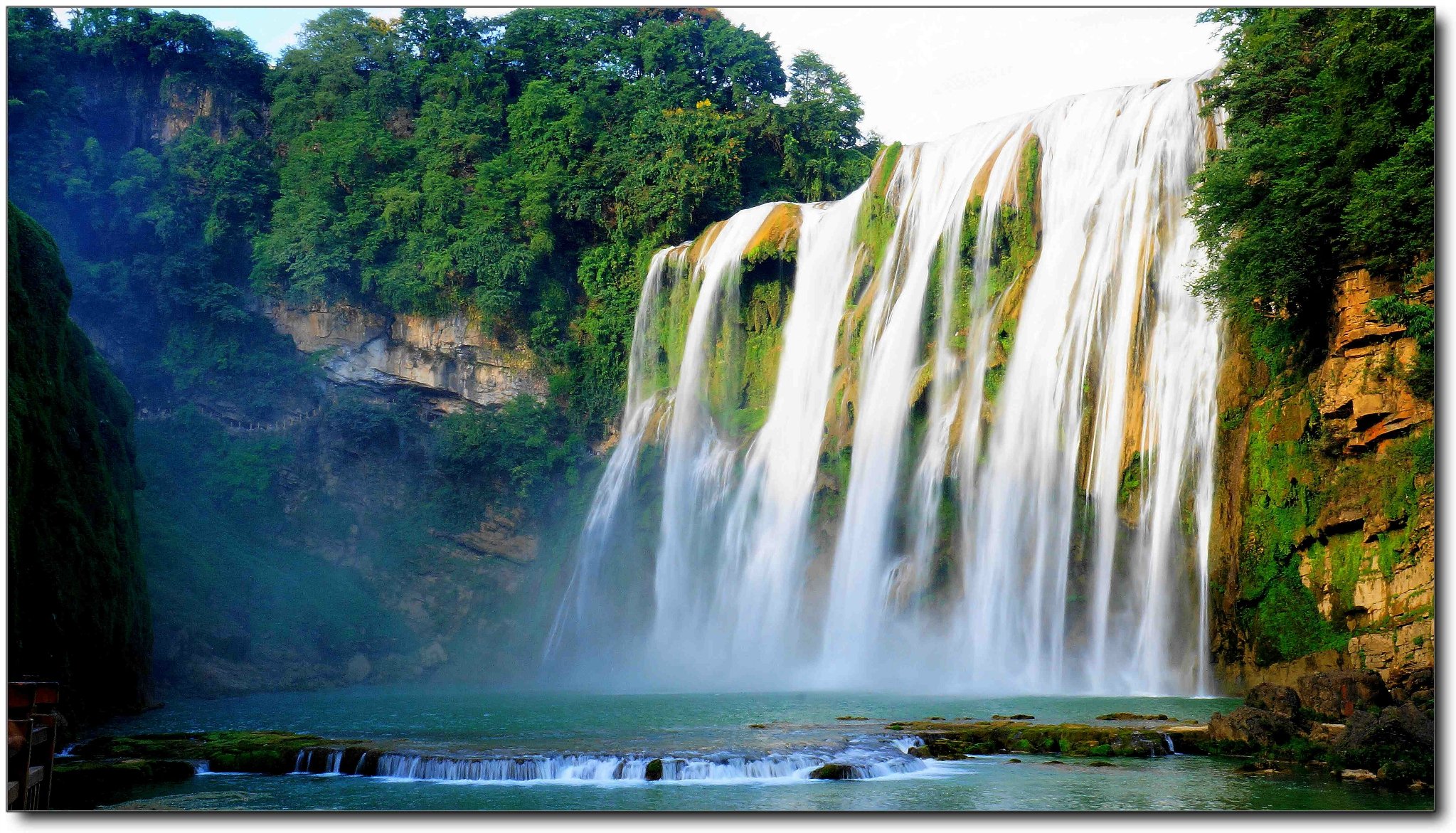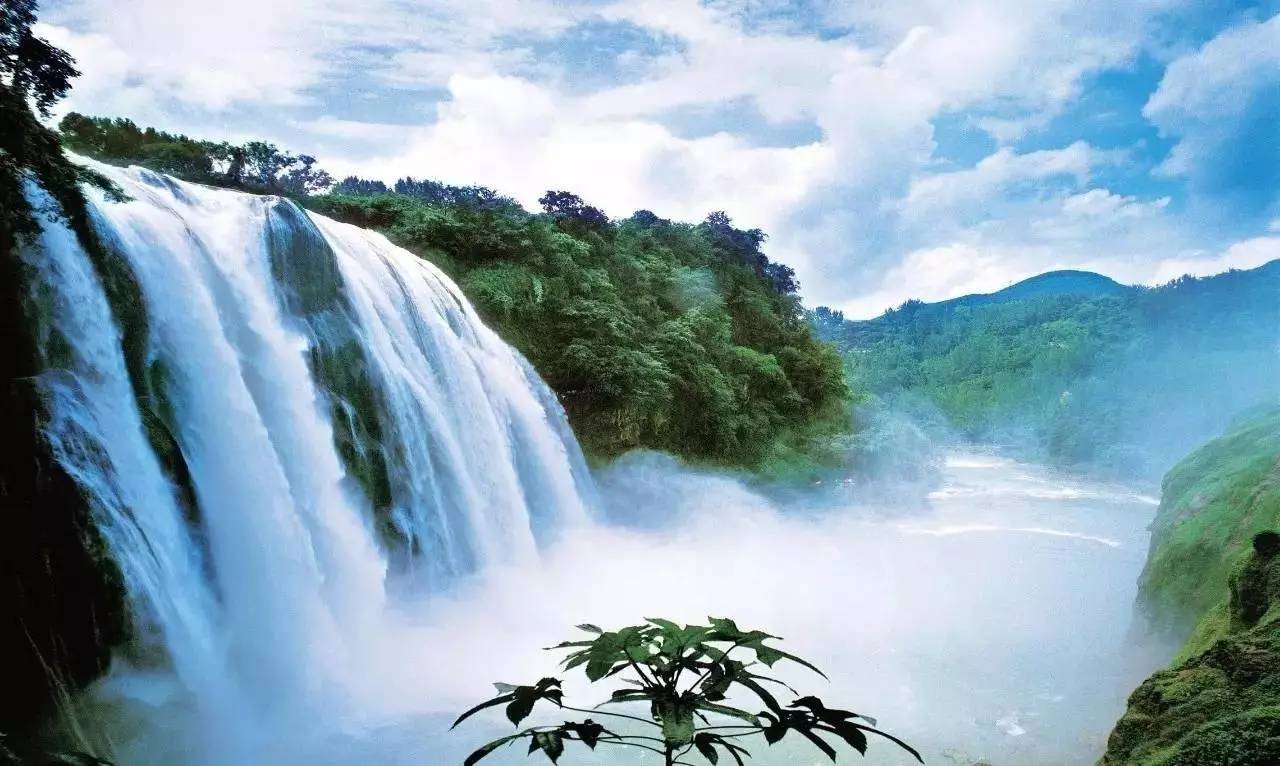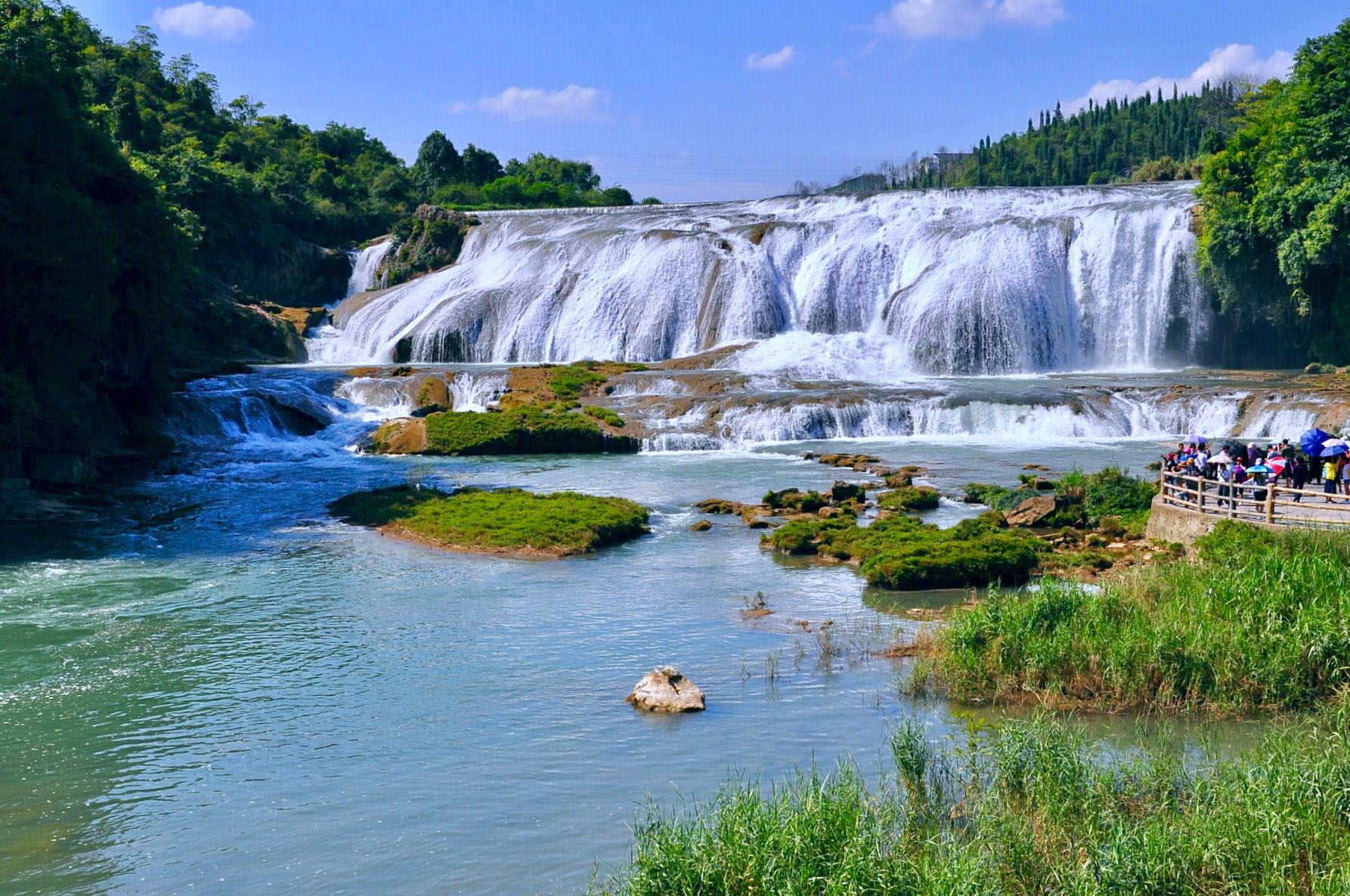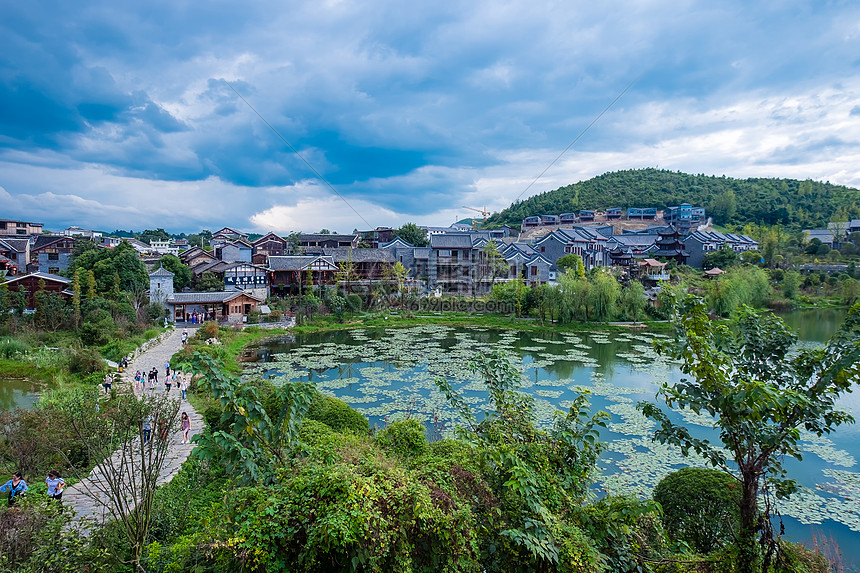



Huangguoshu Waterfall
Huangguoshu Waterfall, located in Anshun, Guizhou Province, China, is one of the largest waterfalls in Asia. It stands 77.8 meters (255 feet) high and spans 101 meters (331 feet) wide, with the main waterfall reaching 67 meters (220 feet) high and 83.3 meters (273 feet) wide. This spectacular natural wonder is part of the Huangguoshu Scenic Area, which also includes Tianxingqiao Scenic Area and Doupotang Waterfall. The surrounding karst landscape enhances its breathtaking scenery, making it a must-visit attraction in China. A unique feature of the waterfall is the Water Curtain Cave (Shuiliandong), a natural cave located behind the waterfall, allowing visitors to walk through and experience the cascade from inside.
Information
Ticket price
Time
Location
Huangguoshu Town, Zhenning Buyi and Miao Autonomous County, Anshun, Guizhou, China
View maps
More about the trip
Huangguoshu Waterfall: Asia's Majestic Cascade
Huangguoshu Waterfall, located in Anshun, Guizhou Province, China, is one of the largest waterfalls in Asia and a spectacular natural wonder. It stands 77.8 meters (255 feet) high and spans 101 meters (331 feet) wide, with the main waterfall reaching 67 meters (220 feet) high and 83.3 meters (273 feet) wide. This breathtaking cascade is part of the Huangguoshu Scenic Area, which also includes Tianxingqiao Scenic Area and Doupotang Waterfall. The surrounding karst landscape enhances its beauty, making it a must-visit attraction in China.
What to See and Do
Huangguoshu Waterfall: View the main waterfall from various angles. There are three main viewing platforms:
- Waterfall-Viewing Pavilion (Guanpu Ting): Offers a distant, panoramic view of the entire waterfall.
- Water-Viewing Stage (Wangshui Ting): Provides a closer view of the waterfall's front.
- Water Curtain Cave (Shuiliandong): A unique natural cave located behind the waterfall, allowing visitors to walk through and experience the cascade from inside. You can see, hear, and even touch the waterfall from behind.
Doupotang Waterfall: Located upstream from Huangguoshu, this is the widest waterfall in the Huangguoshu Scenic Area. It's known for its broad, curtain-like appearance.
Tianxingqiao Scenic Area (Star Bridge Scenic Area): A beautiful and diverse area featuring natural bridges, caves, lush vegetation, and a labyrinth of limestone formations. It's a fantastic place for a leisurely walk, with highlights like the Stone Forest on Water and the Silver Chain Waterfall.
Rhino Pool (Xiniu Tan): The deep pool at the base of Huangguoshu Waterfall, where the water plunges with immense force.
Best Time to Visit
The rainy season (May to October) is when the waterfall is at its most powerful and spectacular. However, it can also be crowded. Spring and autumn offer pleasant weather and good water flow. Avoid major Chinese public holidays.
How to Get There
Huangguoshu Waterfall is located in Zhenning County, Anshun. You can take a bus from Guiyang (about 2 hours) or Anshun (about 1 hour) to the Huangguoshu Scenic Area. Shuttle buses operate within the scenic area to connect the different sites.
Travel Tips
Wear comfortable shoes: You'll be doing a lot of walking, including stairs and potentially slippery paths.
Bring rain gear: Even on sunny days, the mist from the waterfall can get you wet, especially near the Water Curtain Cave.
Allow ample time: To visit all three main scenic spots (Huangguoshu, Doupotang, Tianxingqiao), plan for a full day.
Sun protection: Bring a hat, sunglasses, and sunscreen for outdoor areas.








